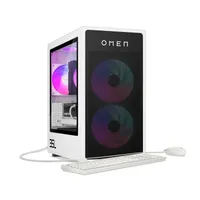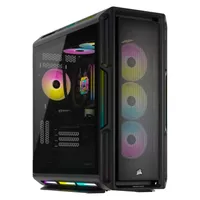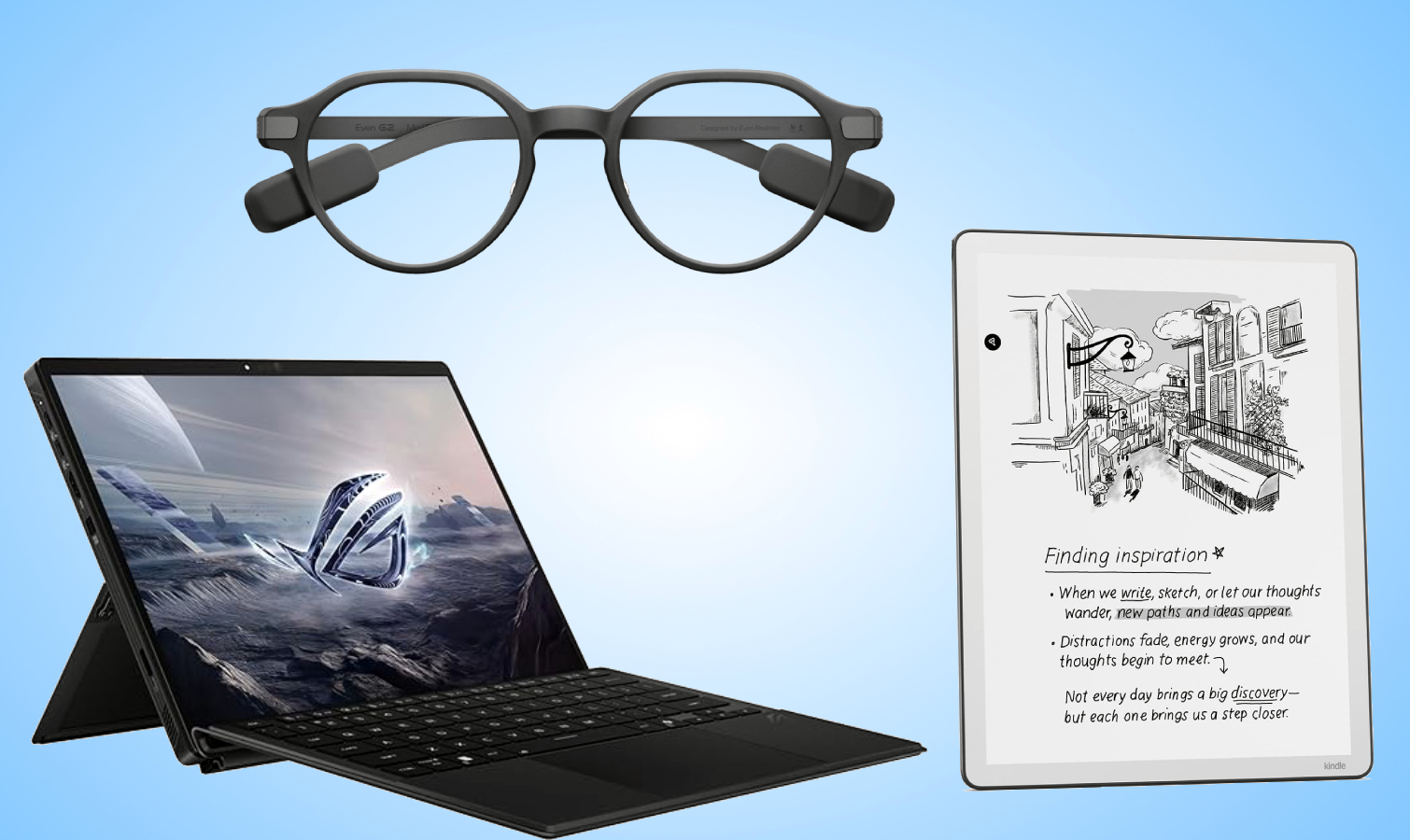Best computers in 2025: our top picks tested and rated
These are the best computers we recommend, based on my team's hands-on testing
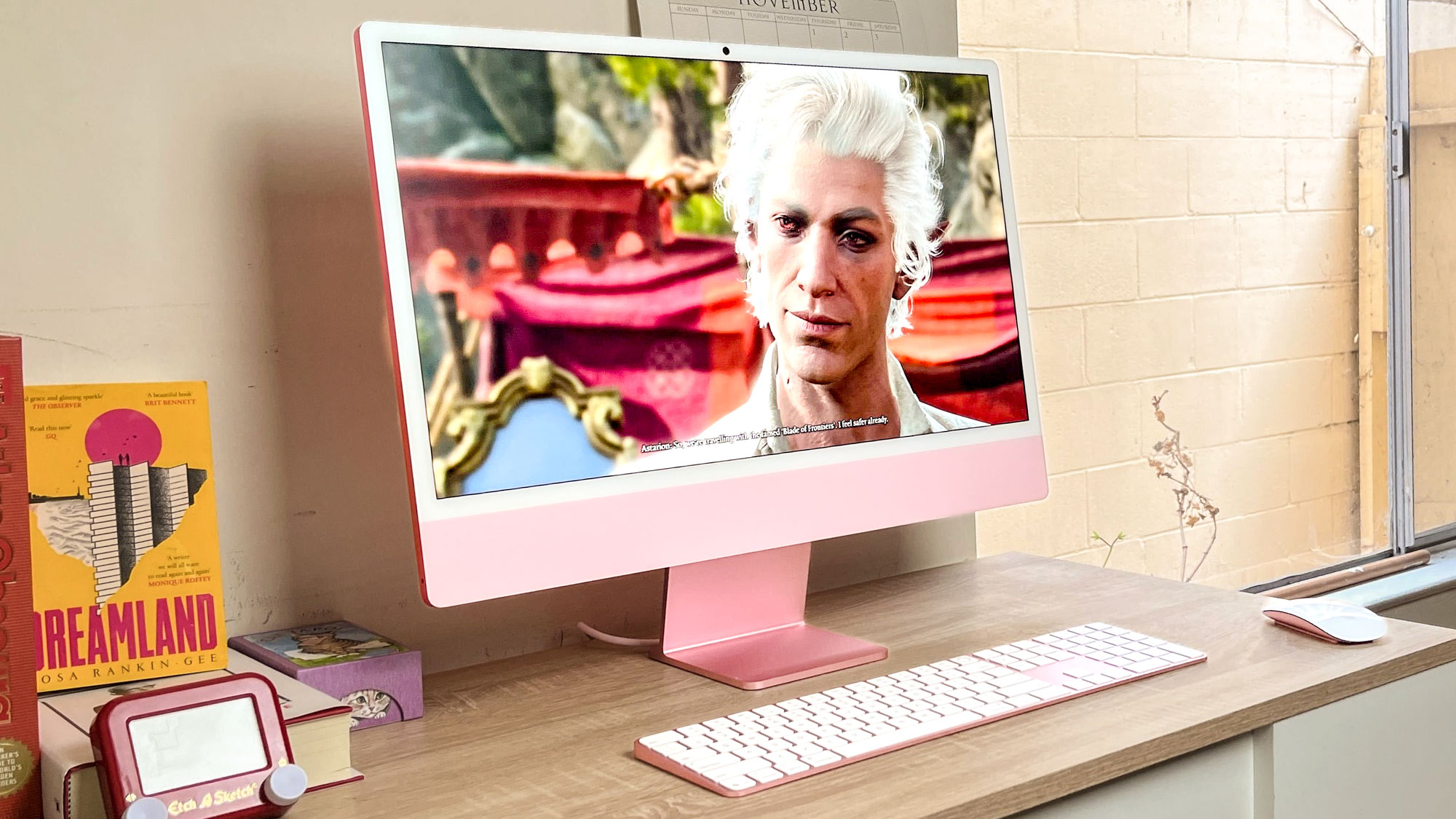
Desktop PCs come in all shapes and sizes, but for my money, the best computers are the ones that offer a great value while being easy to use, capable of handling work and play while looking good on your desk. I know because I've been building PCs since I was a kid. And while I still love doing that when possible, I know sometimes you just need a great computer right now.
Right now, I recommend the Apple iMac M4 to most because it offers the killer value of being a capable all-in-one PC built into a lovely 4.5K display. That makes it great as a family computer, home office PC, or something to give to an older relative for FaceTiming with the family. If you're on a budget, the Mac mini is nearly as good and far smaller, though you do have to provide your own display.
If you're more interested in a PC for serious gaming, I recommend the Alienware Aurora R16 because it looks and performs great and can be customized for smooth gaming anywhere from 1080p to 4K. But if you want something cheaper and simpler to get started gaming, the Dell Tower Plus is an affordable gaming PC that runs the best PC games in 1080p at good to great framerates. And if you want a super-powerful gaming PC, the Alienware Area-51 with RTX 5090 inside packs a serious punch.
You can read more about why by scrolling down this list of the best computers you can buy right now, including deeper explanations and links out to full reviews replete with results from our performance testing lab.
The quick list
In a hurry? Here's a brief overview of the computers on this list, along with quick links that let you jump down the page directly to a review of whichever PC catches your eye.
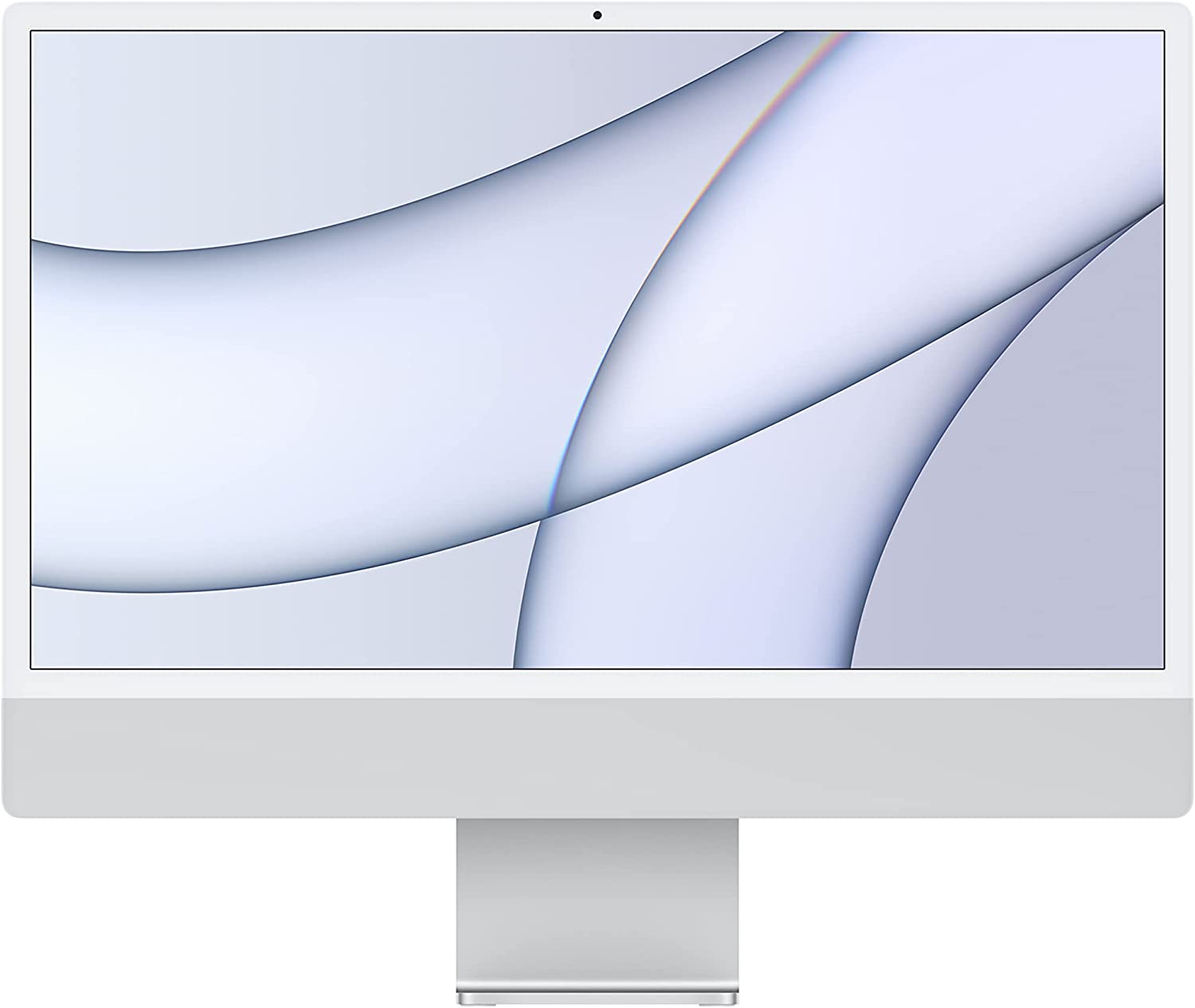
Apple's 24-inch iMac is our top recommendation for a basic PC because the Apple M4 chip inside gives it plenty of power for work and play, while the 24-inch Retina display looks great in a family room or office. Plus, the 12MP webcam and six-speaker sound system are great.
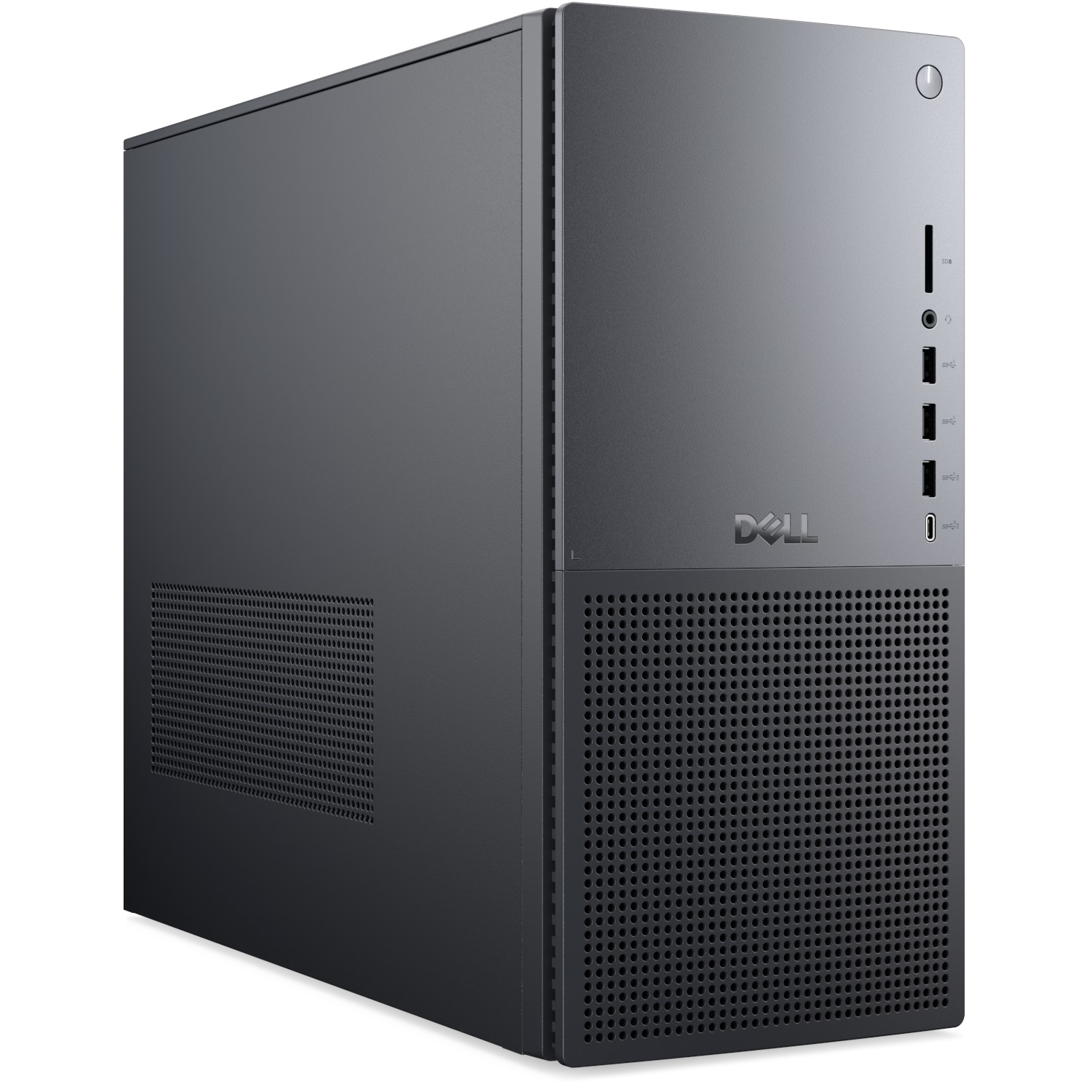
The broadly customizable Dell Tower Plus can be a cheap workhorse or a serious gaming PC, depending on how you configure it. Its nondescript case makes it suitable for your home office or gaming den. It also remains relatively quiet even after hours of high-speed action.

Alienware's Aurora R16 gaming desktop is my top gaming PC recommendation because it looks great, runs quiet(ish) and is configurable with the most powerful gaming hardware you can afford. It's also a great PC for playing VR games.

If you need a computer and space is a concern, the mini PC I recommend most often is Apple's Mac mini M2. The M2 chip gives it plenty of power for most tasks, and this pint-sized metal box runs whisper-quiet and fits into most desk setups.
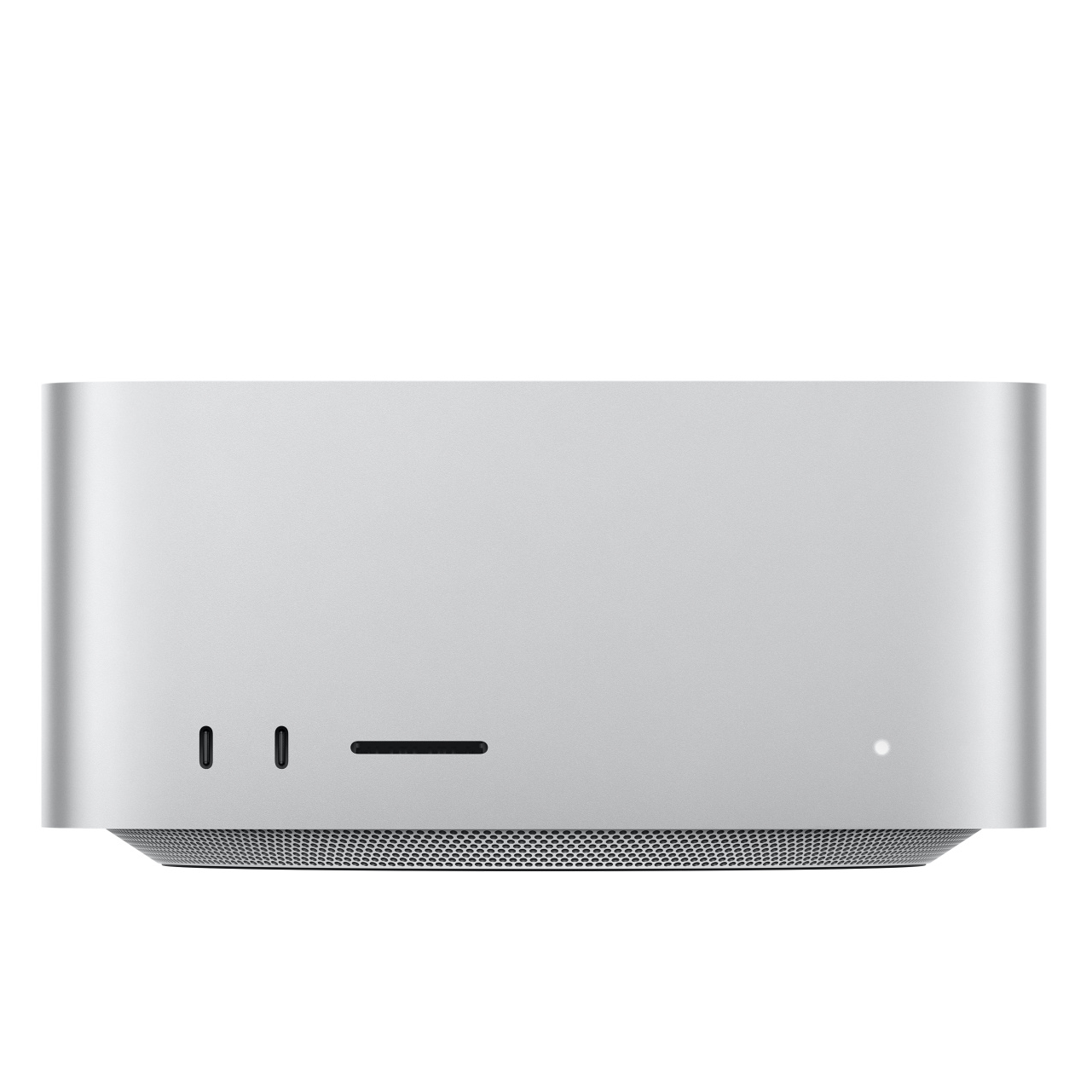
If you want a Mac that can do more than the rest, invest in the latest Mac Studio. It gets pricey, but few Macs get more powerful than these pint-sized beasts. The new 2025 edition starts with the M4 Max chip, which delivers plenty of power.
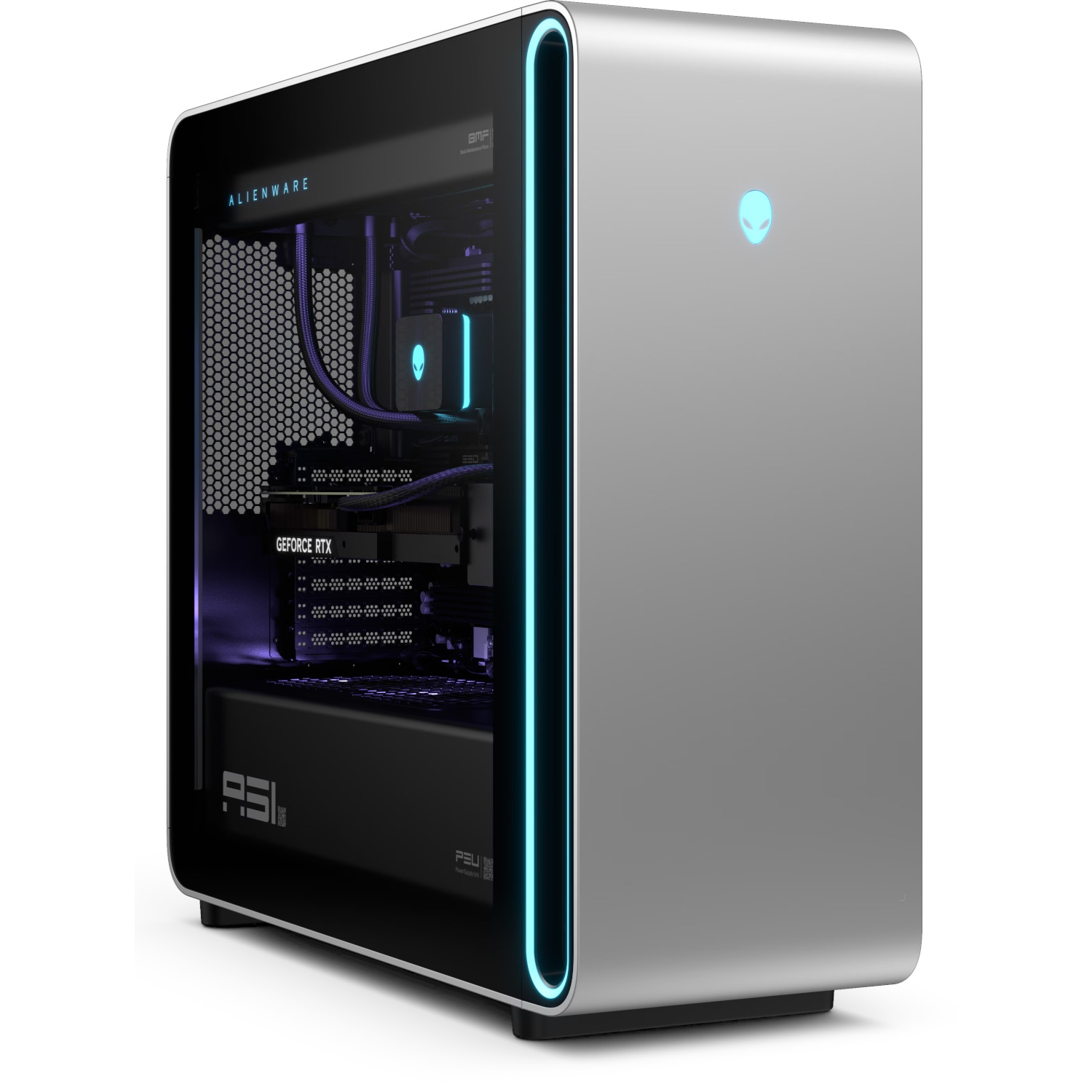
The Alienware Area-51 is a beast of a gaming PC thanks to its high-end Intel Core Ultra CPU, Nvidia RTX 50-series and generous amount of RAM. Though it’s expensive and takes up a lot of space, the Area-51 offers a truly phenomenal gaming experience.
The best computers you can buy right now
Why you can trust Tom's Guide
The best overall
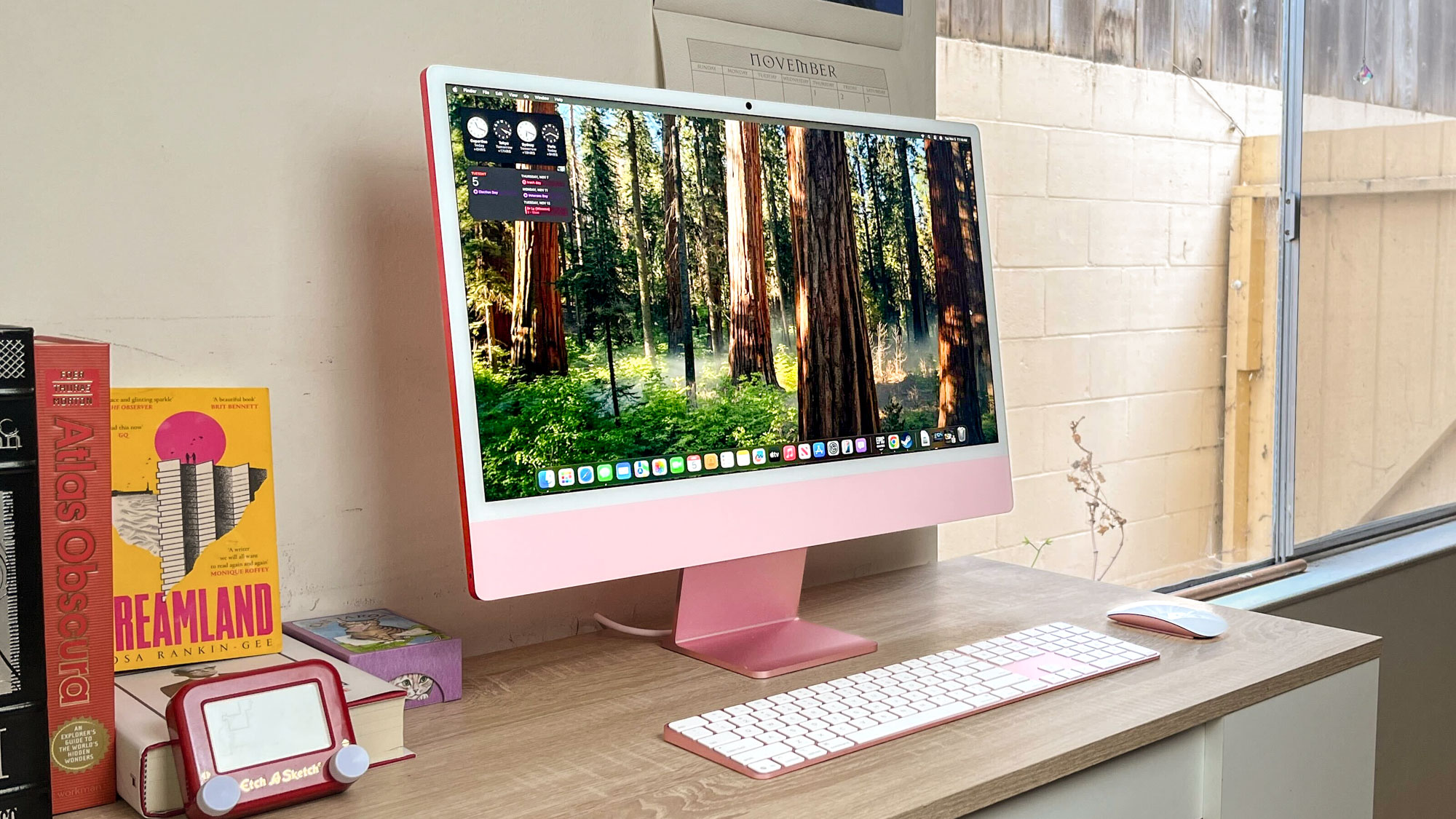

Specifications
Reasons to buy
Reasons to avoid
Apple's 24-inch iMac is our top recommendation for a basic PC because the Apple M4 chip inside gives it plenty of power for work and play, while the 24-inch Retina display looks great in a family room or office.
Plus, the 12MP webcam is great and supports Desk View, so you can send a separate video feed (when FaceTiming) of what's on the desk in front of you. The six built-in speakers also sound surprisingly good for an all-in-one PC, which is why I like this PC so much as a family computer: it's great for video calls, especially in a room with multiple people, because the webcam has a wide field of view. And with the nice speakers and wide viewing angles, it's a decent way for a few people to watch a video together in a pinch.
I've reviewed a few models of the iMac at this point, and while it's not great as a gaming PC (though it gets better every year as Apple silicon gets better and more games get native support) you can have a lot of fun with it if you want. You can download all sorts of games from the App Store, including a good number of modern titles that run at decent framerates on the M4 iMac.
As a fellow on the taller side, I wish the stand on the iMac allowed you to adjust its height instead of just being able to swivel it forward and backward a few degrees, but that's not going to be a major issue for most folks. No, in general, this is a great all-around Mac that I often recommend as the best computer to most folks, especially those looking for a family PC.
Read our full Apple iMac M4 review.
The best budget PC
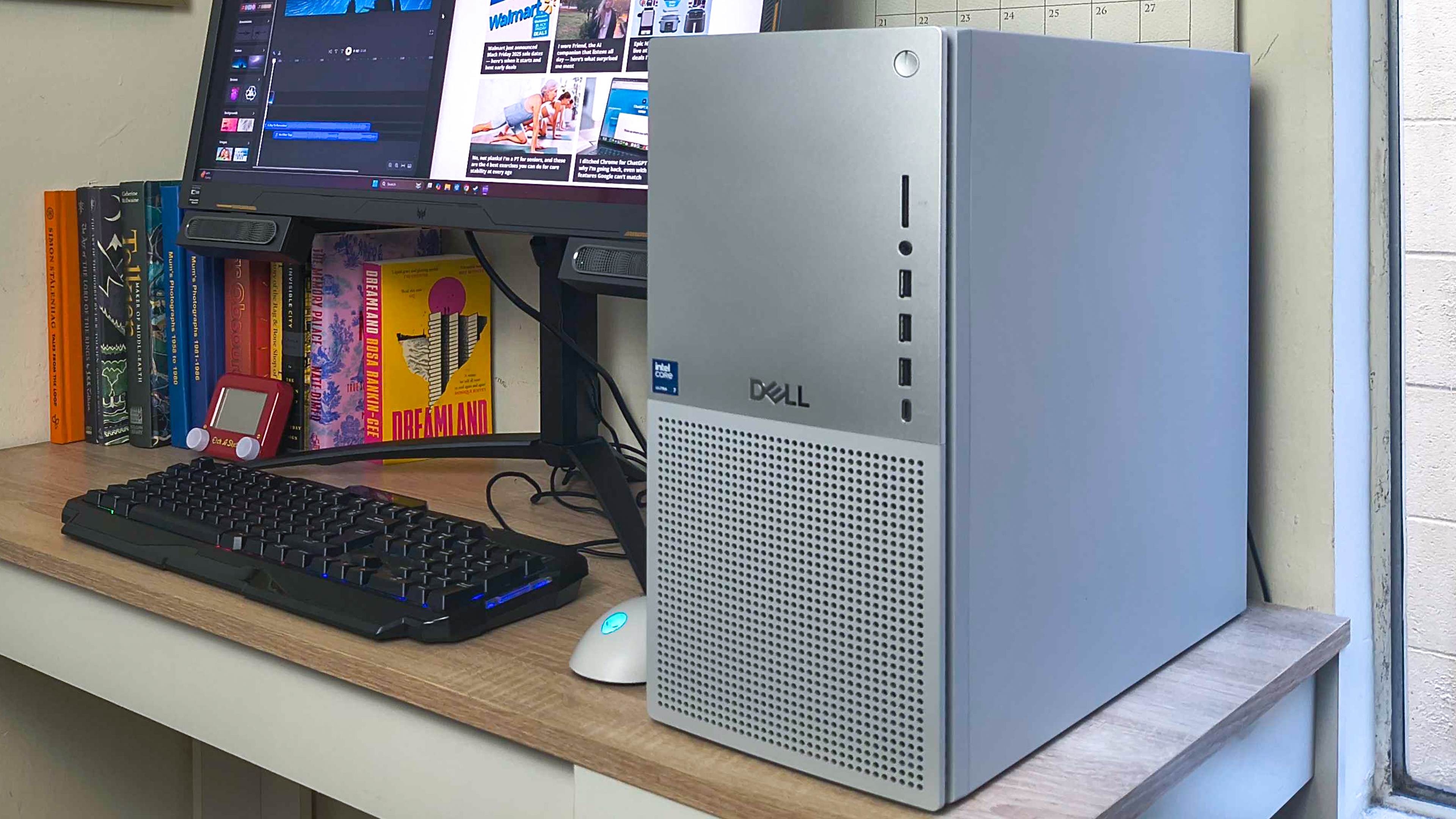
Specifications
Reasons to buy
Reasons to avoid
The 2025 Dell Tower Plus is a remarkably customizable desktop PC packed into an unassuming tower case that looks ripped from a '90s PC magazine ad. It's also relatively affordable thanks to its $999 starting price.
Personally, I love the look of the Tower Plus PCs because I review gaming PCs for a living, and I'm getting tired of big, heavy cases bedecked in RGB lights and jagged edges. Our Dell Tower Plus review unit is a breath of forgettable fresh air by comparison, packing enough power to run most games well into a mid-sized white box that blends right into your desk setup. This modest PC will fit right into any office or gaming environment.
Admittedly, the included accessories aren't amazing and you can't achieve the heights of power with the Dell Tower Plus that you can with the priciest and best gaming PCs. However, if you just want a reliable PC for everyday work and that won't break the bank, the modest-looking Dell Tower Plus is a great choice.
Read our full Dell Tower Plus review.
The best gaming PC
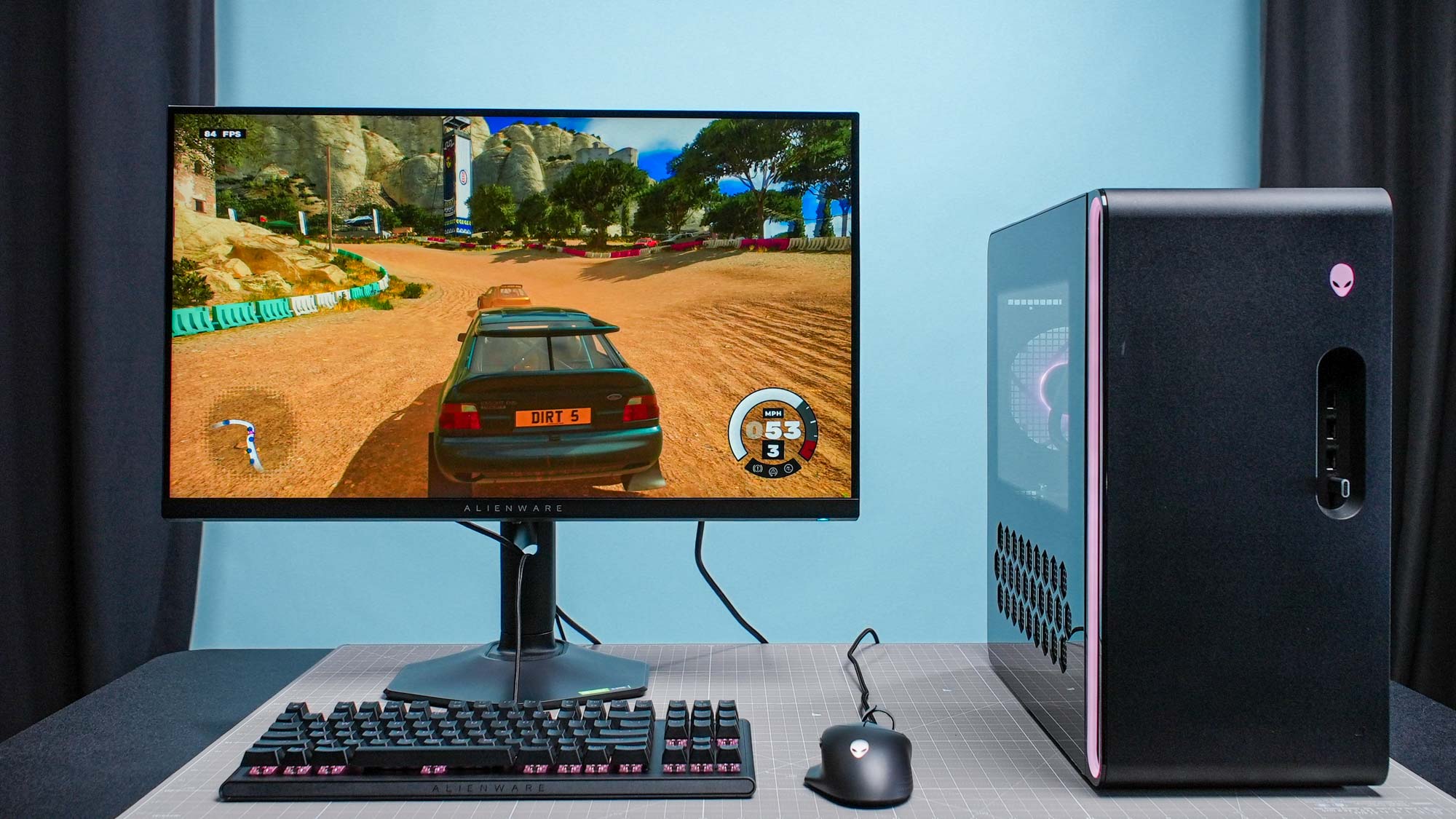

Specifications
Reasons to buy
Reasons to avoid
The Alienware Aurora R16 gaming desktop is our top gaming PC recommendation because it looks great, runs quiet(ish), and is configurable with the most powerful gaming hardware you can afford.
This is significant because even the best gaming PCs tend to be heavy, hot and loud. The Aurora R16 certainly can feel that way at times, but compared to most gaming PCs, I test it's smaller and quieter, plus I like the look of its redesigned chassis.
And it's a great PC for playing VR games because Dell gives you lots of options for kitting it out with powerful components, and while you'll pay for the privilege, it's nice to get an elegant, quiet box like this that has enough muscle inside to run just about anything you throw at it.
If you're interested in buying one, make sure you first check our Dell coupons page to find the latest discounts!
Read our full Alienware Aurora R16 review.
The best mini PC


Specifications
Reasons to buy
Reasons to avoid
If you need a great computer and space is a concern, the mini PC we recommend most often is Apple's Mac mini M4.
I really like this mini PC because it packs a lot of power into a tiny box, making it ideal for those who want a speedy, capable Mac but don't have a lot of room on their desk.
While it may not look like much on the outside, the M4 chip inside the pint-sized PC gives it plenty of power for most tasks. While the latest and greatest games tend to chug and underperform on this machine, kit this mini PC out with a good amount of RAM and storage and you have yourself a real workhorse PC that can handle writing, spreadsheets, coding and even video editing with aplomb.
Plus, it runs whisper-quiet most of the time and fits into most desk setups with ease, making it an easy PC to work into your life. It's one of the cheaper PCs on this list, too, so it's a great fit for folks who need a good, long-lasting PC for not too much money. Just remember you'll have to pay extra for a monitor, mouse and keyboard, or provide your own!
Read our full Mac mini M4 review.
The best Mac for power users
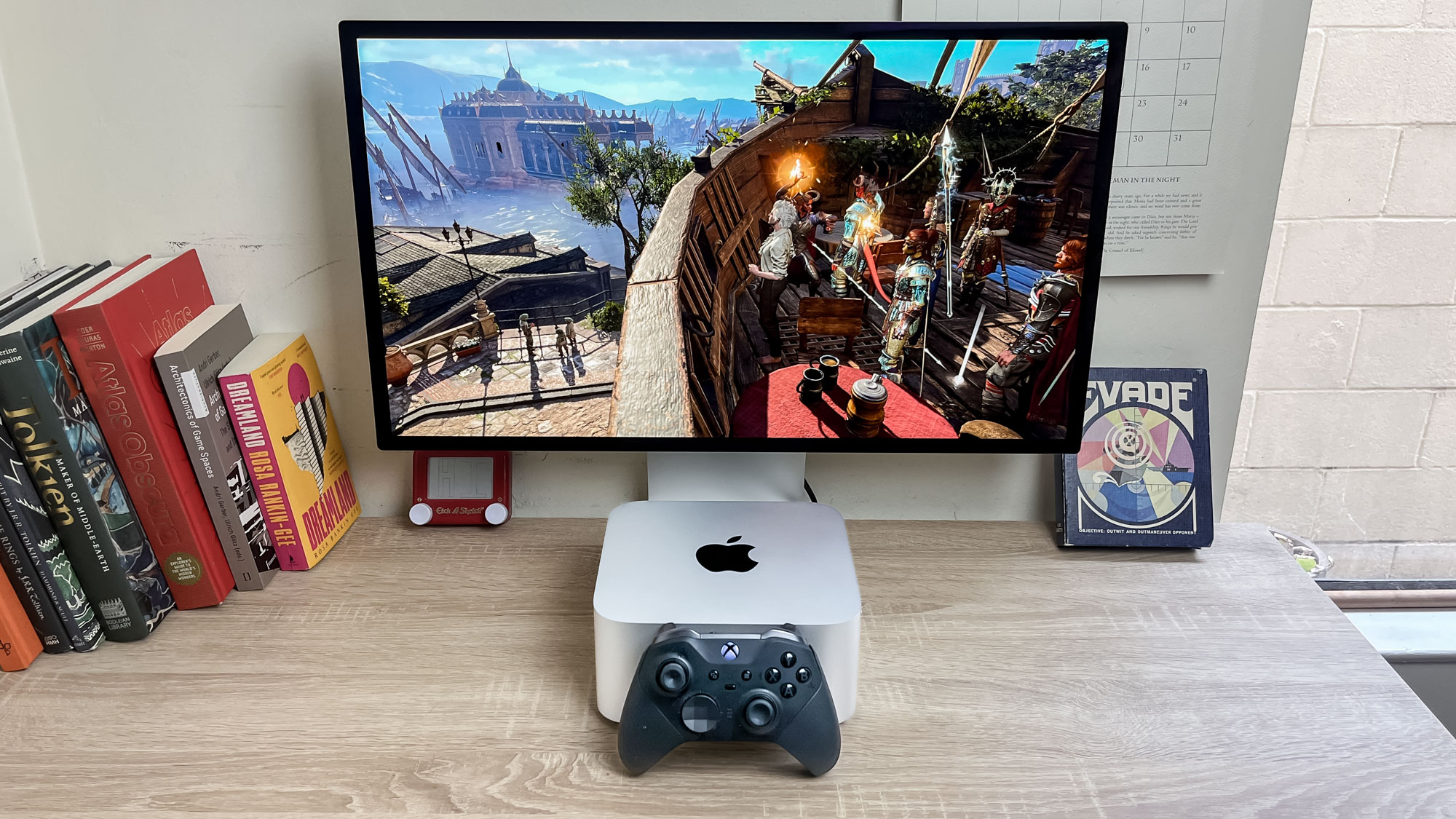

Specifications
Reasons to buy
Reasons to avoid
If you want a Mac that can do more than the rest on this list, invest in the latest Mac Studio.
Even though it's just a bit taller and larger than the Mac mini, this tiny PC can deliver a lot more power thanks to the fact that you can upgrade it to pack Apple's top-tier chip, the M3 Ultra.
But you don't need to pay the $3,999 starting price for the M3 Ultra edition to get great performance. The entry-level $1,999 Mac Studio comes with the M4 Max chip, which is not much slower despite costing half as much. Apple sent us a Mac Studio M4 Max for review, and I found that everything I did on it (from browsing to writing to video editing) felt fast and responsive.
Plus, the Mac Studio offers more ports than the Mac mini and can be configured with much more power under the hood: up to 192GB of RAM and up to 8TB of storage, last I checked, which is a tremendous RAM ceiling that makes this little box a beast when it comes to demanding projects and AI work.
Of course, you'll pay a beastly amount for a maxed-out Mac Studio, but if you don't need all that power, you can get one of the still very powerful entry-level models at a decent price. While gaming on the Studio still isn't on par with the best gaming PCs, this also remains one of the best desktop Macs for gaming.
So if you need more power than the Mac mini or iMac can offer you, the Studio is right for you.
Read our full Mac Studio M4 Max review.
The best premium gaming PC

Specifications
Reasons to buy
Reasons to avoid
The Alienware Area-51 is one of the largest gaming PCs we've ever reviewed and certainly the biggest on this list. Its considerable size isn't just for sure; it serves as a housing for equally formidable internal components, all encased within a futuristic chassis. This gaming PC delivers uncompromising performance... for those who can afford it.
Our review unit packs high-end components like the powerful Nvidia GeForce RTX 5090 GPU, fast Intel Core Ultra 9 CPU and 64GB of RAM. This combination lets the system easily achieve frame rates well above 60 frames per second across a wide range of graphically demanding game titles. In addition, the innovative positive-pressure cooling system ensures that the machine maintains a low noise profile regardless of the intensity of the gaming load or other demanding tasks.
However, this level of performance comes with a steep cost. With a starting price nearing $4,000, this gaming PC isn't cheap. Beyond the cost, the Alienware Area-51's enormous size and considerable weight can make it difficult to comfortably keep in your workspace. Due to its size and weight, I advise keeping it on the floor to be safe.
Despite its considerable price tag and substantial physical footprint, the Alienware Area-51 delivers an exceptional gaming experience. Its powerful components and efficient cooling work in concert to provide smooth, high-fidelity gaming across a demanding selection of titles. Thanks to its top-tier performance and innovative design, the Alienware Area-51 has earned a place in this guide.
Read our full Alienware Area-51 review.
Also tested
The HP Omen 35L is a beautiful and powerful mid-tower gaming PC that’s highly upgradeable and carries an affordable starting price. Though it comes with a lot of bloatware and its CPU/GPU combination is strange, this rig’s superb gaming performance, gorgeous design and small footprint are hard to argue against.
The Corsair Vengeance i8300 delivers awesome gaming performance with an equally awe-inspiring price tag. If you can afford this $7,000+ gaming PC, you can count on best-in-class 4K gaming performance with almost no fan noise, but our in-depth testing reveals this isn't the best deal when it comes to 4K PC gaming.
How to choose the best computer for you
Finding the right computer is mostly about form and function: What do you want it to look like, and what do you want it to do? In our roundup of the best desktop computers, we look at a range of styles of computers, each offering unique designs and tailored to specific use cases.
Standard PC towers are often the most affordable desktop option, as well as the most basic. With simple designs and plenty of configuration options, a basic desktop tower is still the best option for cost-effective computing power. And thanks to the flexibility of the design, you can outfit these standard computers for everything from basic web browsing and media streaming to incredibly demanding uses such as gaming and animation.
All-in-one desktops, as the name suggests, provide a combination of PC and monitor in the same device. These all-in-one designs give you a powerful desktop without the bulk of a tower or the tangle of cables that come with a separate monitor. The best all-in-one computers range from budget-friendly systems to high-powered workstations, so check out our in-depth reviews of the best all-in-one computers.
Gaming desktops, by and large, use the traditional tower design but are outfitted with powerful components optimized for high-performance gaming. These high-octane systems are built to accommodate the latest discrete graphics cards, potent processors, large volume storage, and all of the cooling necessary for a high-performance machine. There are several options for gaming, whether it's your choice of hardware or the stylized design that fits your taste. Check out our in-depth reviews for all of the best gaming PCs.
Mini PCs take a very different approach, leveraging the tiny components used in laptops and tablets to provide a desktop experience that fits in the palm of your hand or into a pocket. These pint-sized or smaller desktop computers can be easily stashed out of sight or incorporated into less traditional arrangements, such as into a home theater system for streaming movies. Whether it's a small box on your desk or a stick PC in your pocket, our reviews lay out the features and performance of the best mini PCs.
Once you know what type of computer you want to get, it's a question of what you want to do with it. While any of the systems on the list above can be used for web browsing and basic productivity uses like typing up documents or putting together a PowerPoint presentation, different use cases have slightly different demands.
The best desktop for gaming will feature graphics cards built for gaming performance, while systems for video editing or animation may use equally powerful GPUs, but with models that focus on reliable performance and certification for different applications. A great desktop for kids will keep things fairly basic, focusing on speedy web browsing and streaming capability, with less of an emphasis on raw horsepower.
How we tested these computers
As we evaluate and review all sorts of computers, we run a series of standardized tests to measure how each machine performs, what uses it's best suited to, and what sort of capability you get for the price.
These standard tests include generalized performance benchmark tests, like Geekbench 4 and 5 (for processor performance), 3DMark Fire Strike Ultra (for graphics), and a custom file transfer test to measure hard drive performance.
Gaming-oriented benchmarks test the performance of systems using current games, measuring the frame rates each desktop will produce in games like Tomb Raider, Far Cry: New Dawn, Red Dead Redemption 2 and Middle-earth: Shadow of War. We'll also run individual game tests and the SteamVR performance test to evaluate how well-suited they are to the unique demands of virtual reality.
Most importantly, we spend a ton of time simply using each desktop computer for everyday activities. We watch movies, do work, play games, and blast music on the speakers, all to get a better sense of which ones are worth your money.
For more information, check out our how we test page for Tom's Guide.

Alex Wawro is a lifelong journalist who's spent over a decade covering tech, games and entertainment. He oversees the computing department at Tom's Guide, which includes managing laptop coverage and reviewing many himself every year.
Get instant access to breaking news, the hottest reviews, great deals and helpful tips.

Alex Wawro is a lifelong tech and games enthusiast with more than a decade of experience covering both for outlets like Game Developer, Black Hat, and PC World magazine. A lifelong PC builder, he currently serves as a senior editor at Tom's Guide covering all things computing, from laptops and desktops to keyboards and mice.
- Tony PolancoSenior Computing Writer
